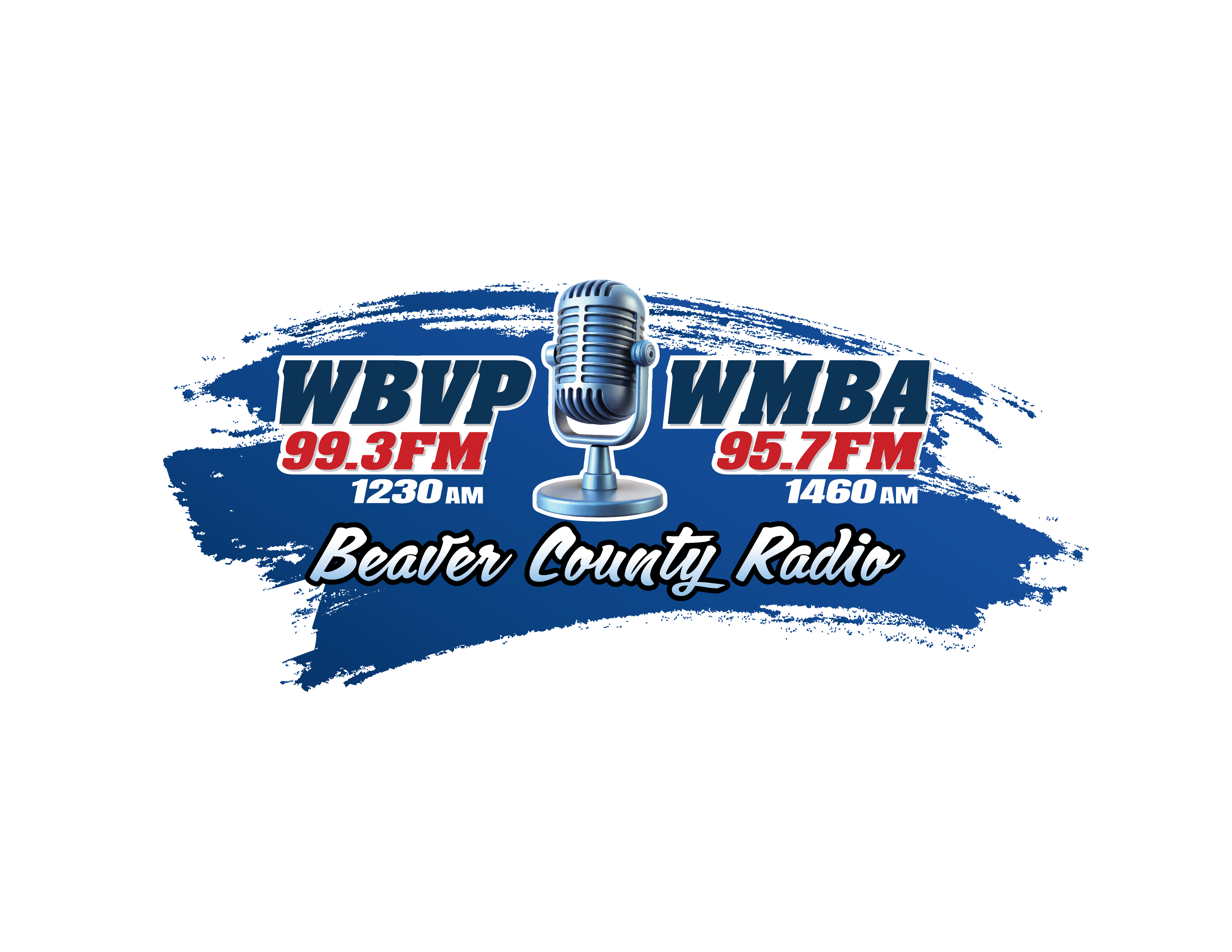(Photo Provided by NFPA)
January 31, 2022 – The National Fire Protection Association (NFPA) is urging the public to use added caution when heating their homes during the winter months, when nearly half (48 percent) of all U.S. home heating equipment fires occur. Home heating equipment is the second-leading cause of U.S. home fires and home fire injuries, and the third-leading cause of home fire deaths and direct property damage.
According to the latest U.S. Home Structure Fires report from NFPA, an average of 45,800 home heating fires occurred each year between 2015 and 2019: resulting in an estimated 480 civilian deaths, 1,350 civilian injuries, and $1 billion in direct property damage.
“During the coldest months of the year, home heating equipment kicks into high gear,” said Lorraine Carli, vice president of Outreach and Advocacy at NFPA. “Understanding when and where home heating fires happen is critical, so that they people can take the steps to minimize associated risks and safely heat their homes.”
Space heaters are most often responsible for home heating equipment fires, accounting for more than two in five fires, as well as the vast majority of associated deaths (81 percent) and injuries (80 percent).
“Space heaters can be effective tools for heating smaller areas, but they need to be used with caution and care,” said Carli, pointing to the tragic fire that occurred earlier this month in Bronx, N.Y., which reportedly began with a malfunctioning space heater and resulted in 17 fatalities.
A failure to clean equipment was the leading cause of home heating equipment fires. Fires in which a heat source was too close to combustible materials caused the largest shares of civilian deaths, injuries, and direct property damage. Half of home heating fire deaths were caused by placing equipment too close to things that can burn.
NFPA offers these tips and guidelines for safely heating your home during the winter months:
-
Heating equipment and chimneys should be cleaned and inspected every year by a qualified professional.
-
Keep anything that can burn at least three feet (one meter) away from all heating equipment, including furnaces, fireplaces, wood stoves, and space heaters.
-
Always use the right kind of fuel, as specified by the manufacturer, for fuel-burning space heaters.
-
Create a three-foot (one meter) “kid-free zone” around open fires and space heaters.
-
Make sure space heaters are in good working order and used in accordance with the manufacturer’s instructions. Turn portable heaters off when leaving the room or going to bed.
-
Fireplaces should have a sturdy screen to stop sparks from flying into the room. Ashes should be cool before putting them in a metal container, which should be placed outside at least 10 feet away from your home.
-
All fuel-burning equipment should be vented to the outside to avoid carbon monoxide (CO) poisoning.
-
If you smell gas in your gas heater, do not light the appliance. Leave the home immediately and call your local fire department or gas company.
-
Make sure smoke and carbon monoxide alarms are located throughout the home; test them monthly to ensure that they’re working properly.
NFPA offers a wealth of home heating safety tips, information, and resources to help better educate the public about ways to safely heat their homes. In addition, NFPA’s “Put a Freeze on Winter Fires” campaign with the U.S. Fire Administration works to promote a host of winter safety issues, including home heating.
For this release and other announcements about NFPA initiatives, research and resources, please visit the NFPA press room.
NFPA: 125 Years of Protecting People and Property
The National Fire Protection Association® (NFPA®) is a global self-funded nonprofit organization devoted to eliminating death, injury, property, and economic loss due to fire, electrical, and related hazards. The association began its work to solve the fire problem in a young, industrialized nation in 1896 and has since become a global force known for advancing safety worldwide. NFPA delivers information and knowledge through more than 325 consensus codes and standards, research, training, education, outreach, and advocacy; and by partnering with others who share an interest in furthering the NFPA mission. In celebration of its 125th Anniversary, NFPA is hosting a Conference Series through March 2022 and undertook several initiatives in 2021 that reflect the association’s steadfast commitment to advancing fire and life safety. For more information or to view NFPA codes and standards for free, visit www.nfpa.org.


